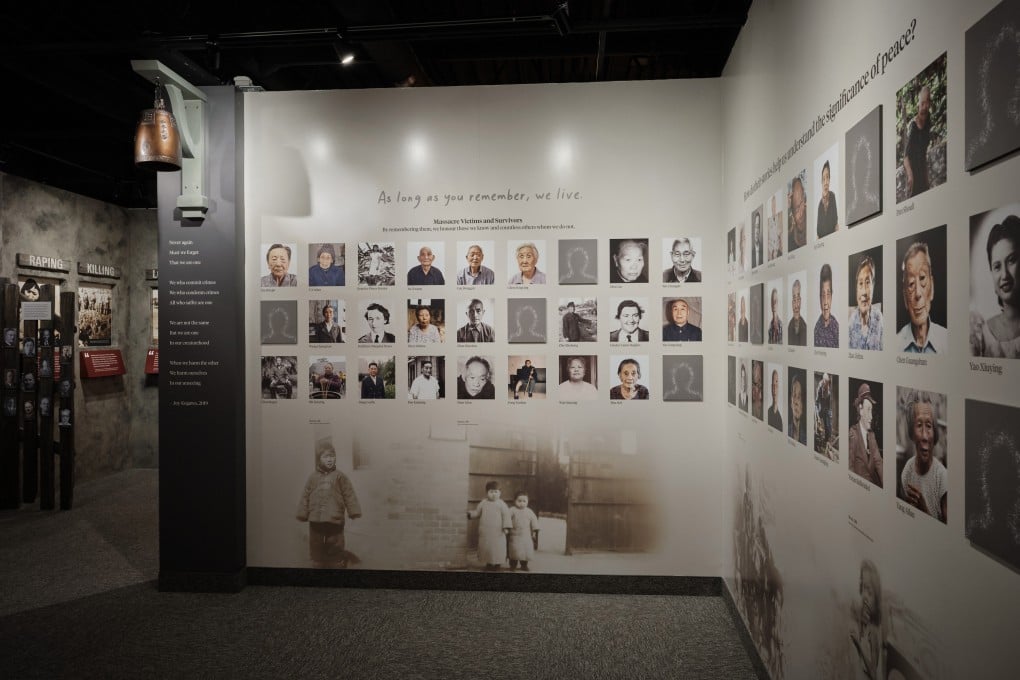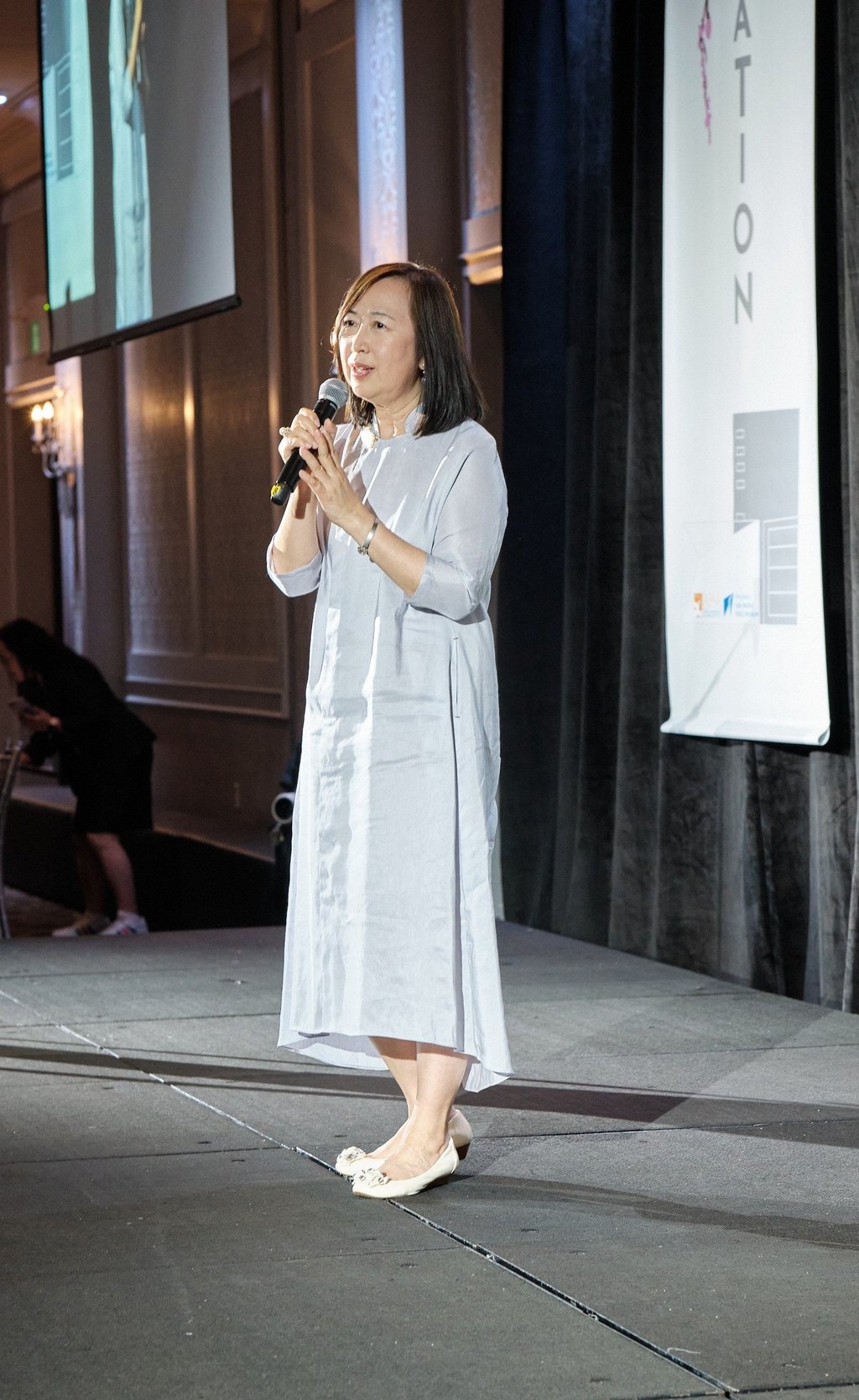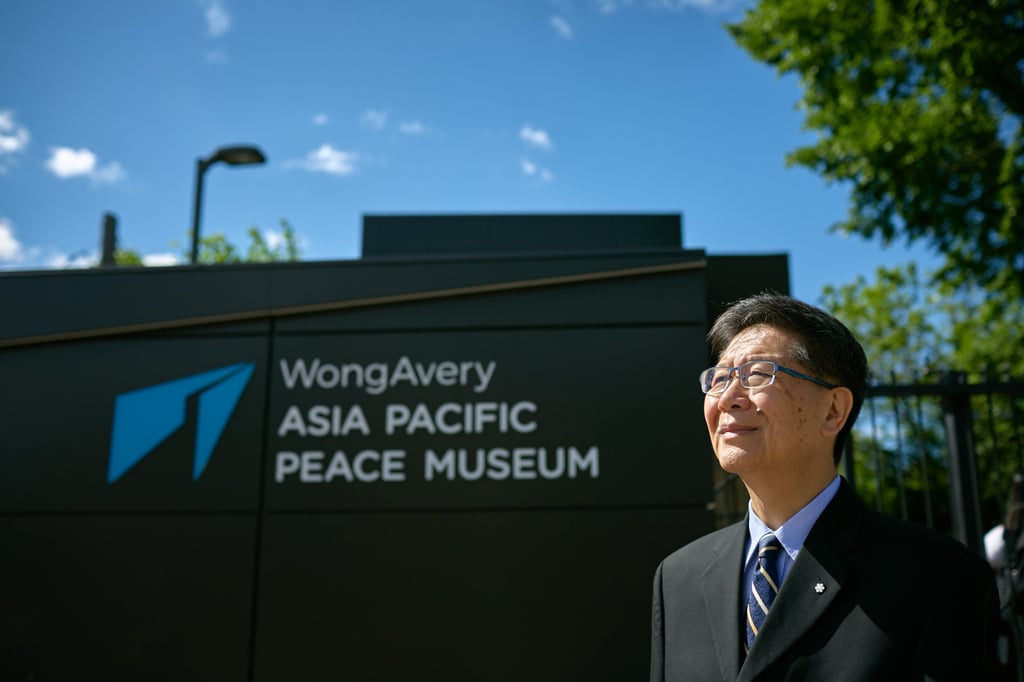How a Canadian museum is preserving Asia’s WWII history: inside WongAvery Asia-Pacific Peace Museum
- Doctor and activist Joseph Wong Yu-kai spearheaded the opening of Toronto’s new WongAvery Asia-Pacific Peace Museum to educate people about Asia’s blood-soaked history

“It was shocking”, says Chong. “I could not finish the book because it was too much for me to handle since I grew up without much idea about all these human atrocities.” And then “[Iris Chang] was invited to Toronto, I volunteered to help out at the event, and I bought six copies.”

That event, where some 6,000 copies of Chang’s book were snapped up, was organised by medical doctor and community activist Joseph Wong Yu-kai, founder of Alpha Toronto, now called Alpha Education (or, the Association for Learning and Preserving the History of World War II in Asia).
Through fostering greater awareness of atrocities that happened halfway around the world almost a century ago, Alpha’s goal is to give the next generation of Canadian students a global view of that dark period.

The Peace Museum is the brainchild of Wong, who has been volunteering in Toronto for more than 45 years, championing causes ranging from disaster relief to fighting racism. He established Alpha 27 years ago, having observed that the vast majority of high school students in Canada’s largest city did not know what happened in Asia during the second world war.
